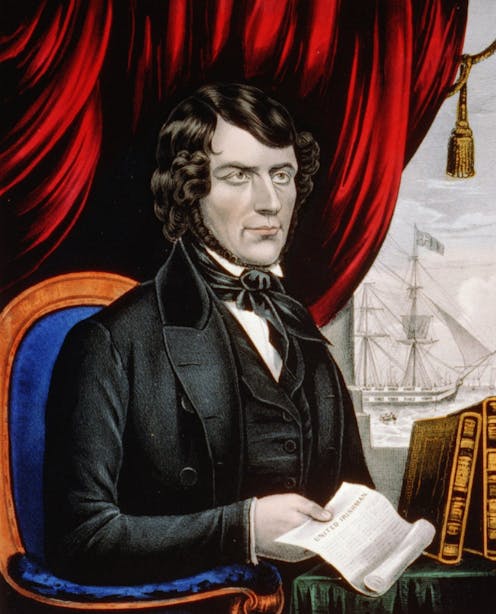In Fanatic Heart, Tom Keneally revisits the tumultuous life of an Irish rebel
- Written by Paul Sharrad, University Fellow (Literature/Humanities), University of Wollongong

As a child, I would visit the old house at the centre of family life and often there would be a conversation running thus:
“Have I told you about Clarrie Dobbs?” (or others of such names).
“Yes, Grandpa, many times.”
“Ah, he was a terrible bloke that Clarrie. When he was out well-sinking …”
Some stories just don’t let you go. And as you get older, the urge to get them all heard grows stronger. Tom Keneally has regularly stored away curious details and colourful characters from history, sometimes waiting until he found the form best suited to his dramatising of them, occasionally repeating them in different guises, once or twice finding the moment of topical discussion into which they could be blended.
Review: Fanatic Heart – Tom Keneally (Vintage).





